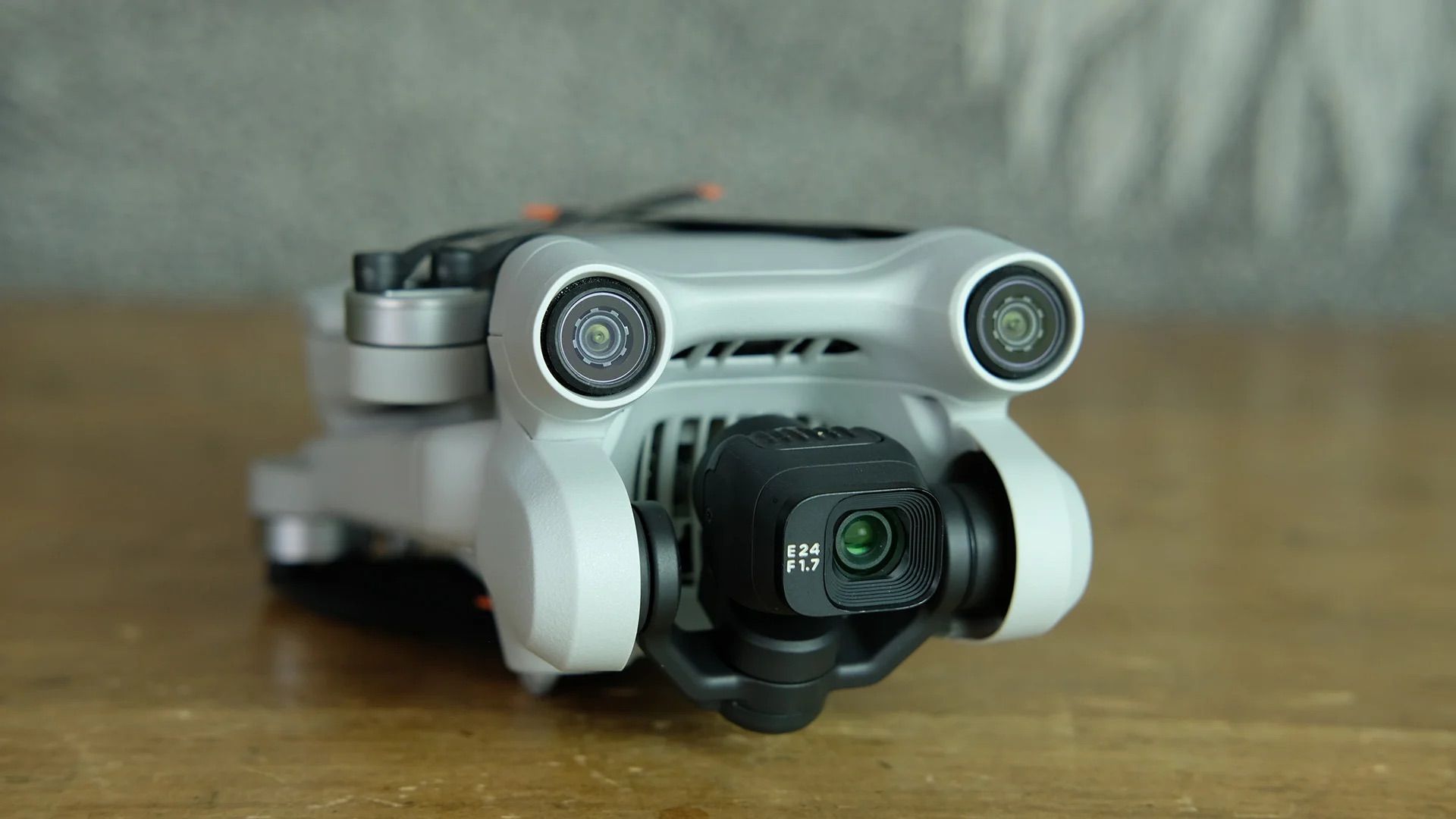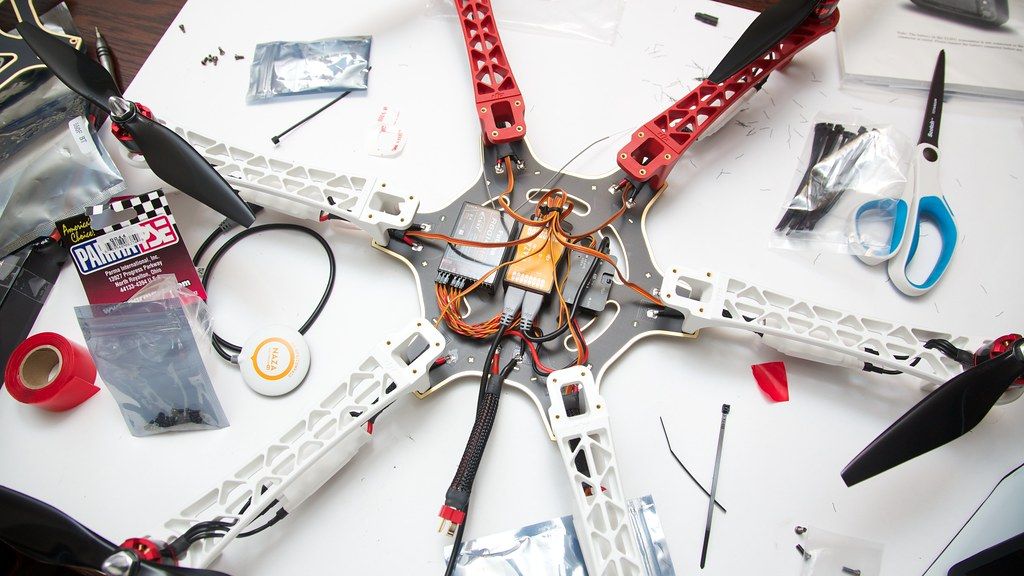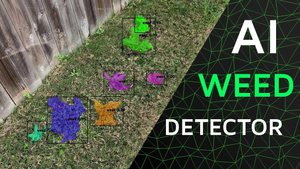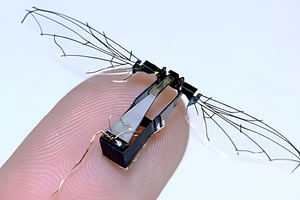It was a sunny afternoon and I was reclining in my hammock, enjoying the cool breeze and watching the play of light and shadow on my well-manicured lawn. Suddenly, my reverie was interrupted by an odd-looking dandelion peeking through the immaculate green. I could almost hear it whispering, in the spirit of the famously sinister HAL 9000 from 2001: A Space Odyssey,
"I'm afraid I can't let you do that, Dave."
2001: A Space Odyssey (1968) - I'm Sorry, Dave Scene (3/6) | Movieclips
It seemed, much like HAL, the weeds in my garden had developed a mind of their own, springing up no matter how often I pulled them out.
As I grimaced at the interloper, my mind started wandering to a piece of tech news I had come across recently. Something about drones being used to identify and kill weeds. Now wouldn't that be something?
An eye in the sky, a weed-killing sentinel, ensuring my lawn stays as pristine as I'd like it, without me having to lift a finger.
Intrigued, I decided to dive deeper into the topic. It turns out, these aren't just flights of fancy. These high-tech helpers are real and are revolutionizing the way we manage weeds, especially in large-scale agriculture.
Not only can these drones differentiate between crops and weeds with uncanny precision, but they also take it upon themselves to eradicate the unwelcome invaders. It's almost like having your personal gardening terminator.
As a kid, I was fascinated by those sci-fi movies where robots were smarter than humans. I mean, who wouldn't be? There's a certain charm in watching machines outsmart their creators. And who could forget the iconic scene in The Terminator where Arnold Schwarzenegger's character scans a crowd, identifying each individual in mere seconds? I'm sure you remember it too.

How do they do that?
Fast forward to today, and it seems we're not too far off from that reality. Our agricultural drones are doing something eerily similar, albeit on a greener, less apocalyptic scale. So, let's see how these flying robots, our weed terminators, differentiate between a weed and a crop.
The answer, my friends, lies in the magic of Artificial Intelligence (AI) and Machine Learning (ML), the technological wonders of our era. It's like a brain, but for machines. AI allows these drones to mimic human intelligence, learning and improving over time, much like we do..
Now, you might be wondering, how does a machine learn? Well, it's fed a ton of data, in this case, images of various crops and weeds. This is where Image Recognition technology comes into play. It enables the drone to analyze and interpret these images, identifying patterns and characteristics specific to different plant species.
So, when our drone flies over a field, its onboard camera captures images of the plants below. The AI then sifts through this data, comparing it with the patterns it's learned. If it spots a pattern matching that of a weed, an alarm bell rings, and the drone marks it for elimination. It's almost as if the drone has its set of plant flashcards and is continually playing a game of 'Match the Weeds.'
It's fascinating, isn't it? Who knew watching The Terminator as a kid would give me a glimpse into the future of agriculture!

DIY Projects
Alright, fellow tech enthusiasts, it's time to roll up our sleeves and get our hands dirty. Remember that scene in Iron Man when Tony Stark builds his suit in a cave with a box of scraps? Well, we're going to do something similar, only less cave-dwelling and fewer scraps. We're going to build our very own drone!
Now, before you start to panic, let me assure you that this is a simple project, perfectly suitable for beginners. You won't need any advanced technical skills or expensive equipment. All you need is a bit of time, a little patience, and the willingness to learn.
You'll need a few components to get started: a frame, motors, propellers, a battery, a controller, and a receiver. Most of these can be found online, and I recommend this DIY Drone Kit for beginners. It includes all the essential components and comes with a detailed instruction manual.
Once you've got your parts ready, it's time to start building. The frame is the skeleton of your drone, onto which everything else will be attached. Next, you'll install the motors and propellers, which will provide the lift necessary for your drone to take flight.
The battery is your drone's power source, while the controller and receiver allow you to command your drone from a distance. Before you know it, you'll have a fully functional drone ready for its maiden flight!
This project should give you a basic understanding of drone technology and its applications. Of course, this is just the beginning. There are countless resources online for you to explore and learn more about drones and their potential.I'd recommend checking out this Drone Building Guide for a more detailed walkthrough of the building process.
How drones deal with identified weeds
Once a weed has been spotted, it's time for our drone to swing into action. This part reminds me of The Godfather, where Marlon Brando says,
"I'm gonna make him an offer he can't refuse."
Except, in this case, the offer is made to the weeds, and trust me, they really can't refuse.
The primary method our drones use to eliminate weeds is targeted herbicides. Think of it as a sniper taking out its target with precision, leaving everything else unscathed. This is a far cry from the traditional method of spraying herbicides over the entire field, hoping the weeds get hit.
Each drone is equipped with a sprayer system that delivers a precise dose of herbicide directly onto the identified weed. This spot treatment method ensures that only the unwelcome plants are dealt with, leaving the surrounding crops untouched. It's like a surgical strike on the weeds, with zero collateral damage.
Now, you might be thinking, "That's all well and good, but aren't we still using harmful chemicals?" True, but here's the kicker - by using drones for targeted spraying, we can significantly reduce the overall amount of herbicide used.
Fewer chemicals mean a lower impact on the environment and a safer habitat for those critters we share our planet with.
Some drones take it a step further, using mechanical means to remove the weeds. They're like the hitmen of the agricultural world, taking out weeds without leaving a trace. It’s a scene straight out of a James Bond movie, except our agent is a drone, and its mission is weed elimination!
Fun fact
Looking to the future
The possibilities are endless. Imagine not only identifying and eliminating weeds but also detecting plant diseases and pests. Or drones that can plant seeds, water crops, and even harvest them. The day may not be far off when our fields are fully automated, managed by fleets of drones working in unison like a well-oiled machine.
Perhaps most importantly, we've learned that this technology isn't just confined to the pages of a sci-fi novel or the labs of high-tech companies.
In the grand tradition of human innovation, we are standing at the precipice of a new era in agriculture. And like any journey, it begins with a single step - or in our case, a single flight. So here's to you, reader, the drone pilots of the future. May your skies be clear and your fields be weed-free!





